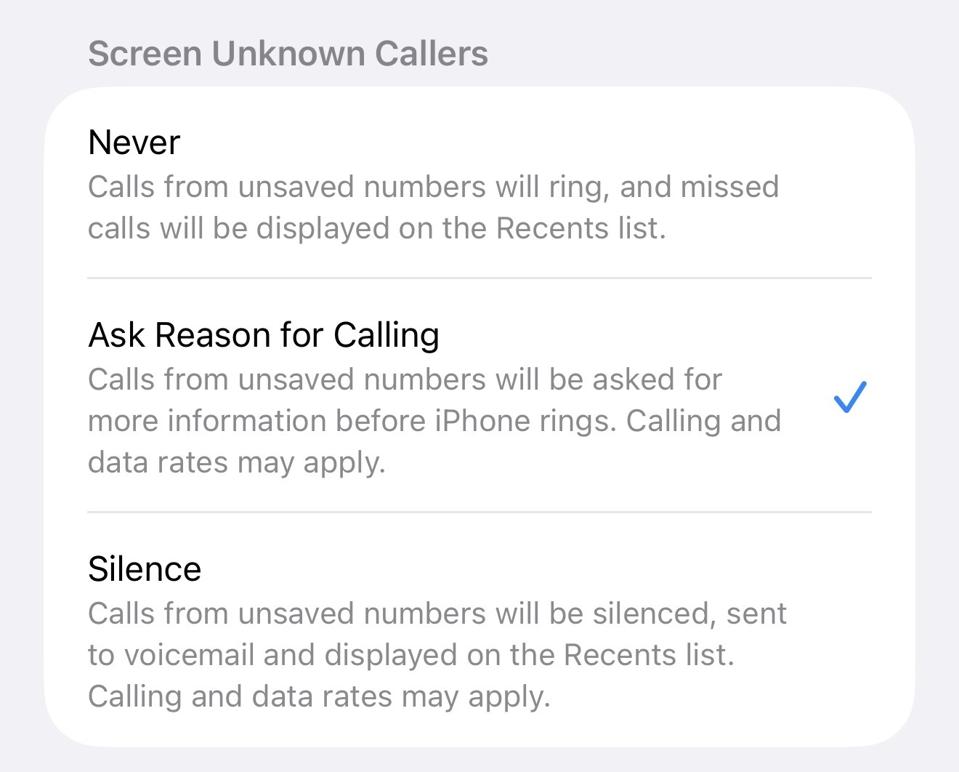Yes, Liquid Glass is cool. But while the iPhone ecosystem focused on the new aesthetics, Apple’s iOS 26 quietly changed the world in a very different way. And there’s no going back. This is the one setting you need to change on your iPhone — now.
Almost all of us are plagued by unwanted calls. Most of these are marketing spam, but enough are dangerous scams to be a major concern. Apple has now killed both. “You get to decide who can contact you, and when,” the iPhone maker says
This includes the option to “screen or silence unknown callers, filter unknown callers and silence spam callers.” It works by answering those calls for you, asking callers for their identities and reason for calling. The answers appear as real-time text on your screen and are voice recorded as well. You can answer at any time.
This was the first setting I changed when I installed iOS 26. It’s a game-changer. Yes, I have missed a few legitimate calls from unrecognized numbers, but we will all learn to pay more attention to those incoming. calls. Voicemails are captured as normal.
Go to Settings > Apps > Phone > Screen Unknown Calls. There you can select “Ask Reason for Calling.” You can do broadly the same on a Pixel, but it’s not automated in the same way and is not the game-changer Apple has delivered.
Ironically, this comes just as call masking is making a comeback, with forums asking what the difference is between “Unknown Caller” and “No Caller ID.”
The answer is simple. An unknown caller is a technical issue, whether network or device related, it means the identifier has not come through. No Caller ID means the caller has deliberately chosen to withhold their number from showing up on your phone.
“Call Screening automatically answers calls from unknown numbers without interrupting you,” Apple says. “Once the caller shares their name and reason for their call, your iPhone rings and shares their response so you can decide if you want to pick up. You can also choose to silence calls from unknown callers.”
“Individuals worry about their ability to trust voice communication in an era of rampant spam and fraud calls,” Hiya says in its latest State of the Call report. That’s especially true in the era of deep fakes, where the FBI and others warn you must verify callers before engaging. On every level, Apple’s new offering levels cuts down the problem.

